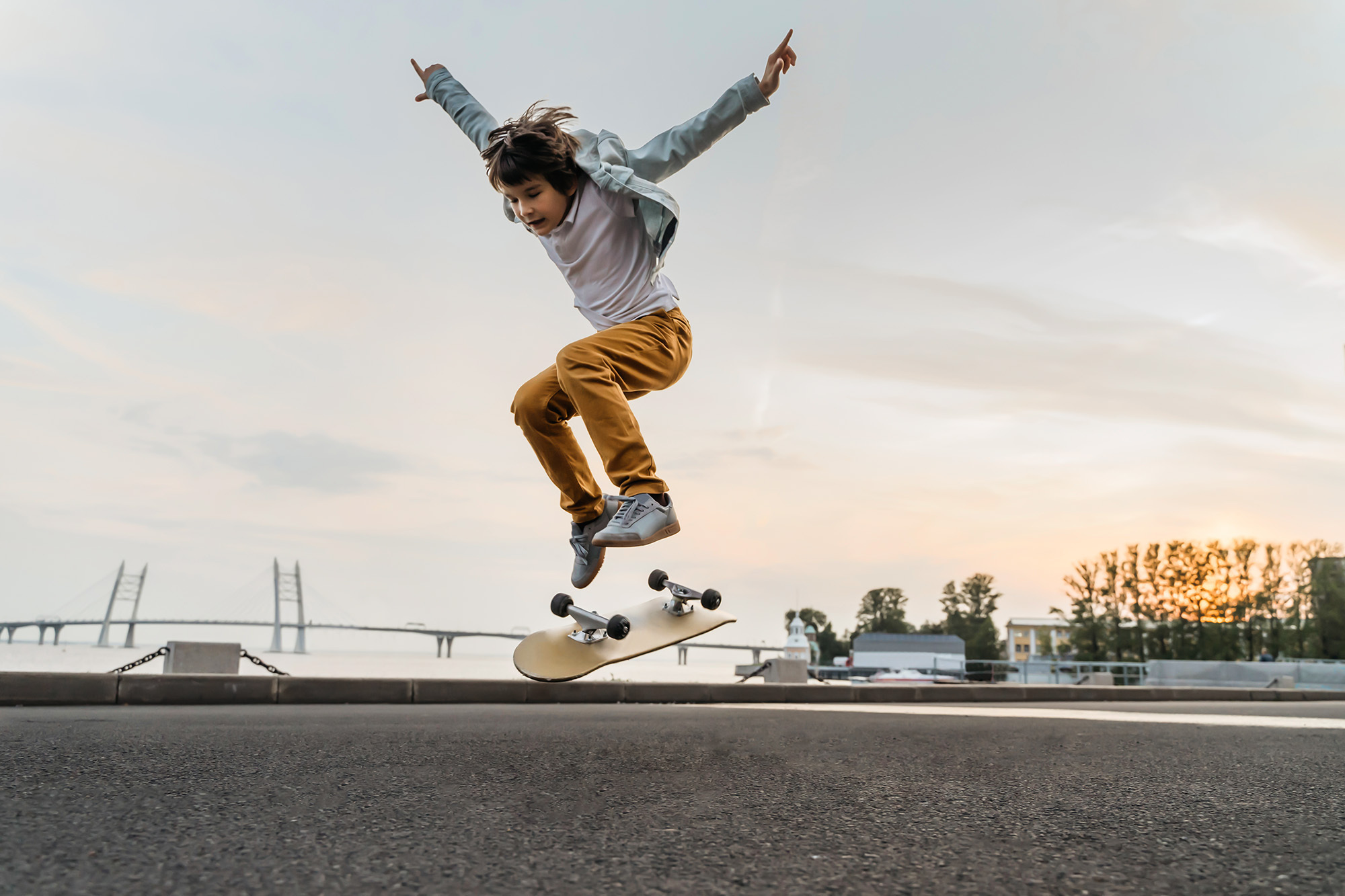Adrenaline Sports: The ‘Anti-Phobic’ Antidote for Gen Z’s Rising Anxiety
In recent years, a quiet revolution has been taking place at the edges of urban skateparks, on the slopes of snow-covered peaks, and in the wake of crashing surf. Adrenaline sports – from skateboarding and snowboarding to parkour and BMX – are emerging not just as outlets of creativity and freedom, but as powerful, natural antidotes to fear, anxiety, and phobia. For Generation Z, often called the most anxious generation on record, this couldn’t come at a more crucial time.
The Phobia Generation
According to multiple studies and national mental health surveys, Gen Z is facing unprecedented levels of anxiety, depression, and phobic disorders. These trends are closely tied to the digital age, rising screen time, declining outdoor activity, and an increasingly safety-conscious culture.
Prominent psychologist and author Jonathan Haidt, in his latest work The Anxious Generation, argues that an overprotective and risk-averse upbringing, combined with the addictive pull of smartphones, has robbed young people of the opportunity to engage in healthy risk-taking.
Haidt emphasises the developmental need for what he calls ‘anti-fragility’, the idea that humans become more resilient through exposure to stressors. “Children are antifragile," Haidt explains, “which means they must be exposed to challenges and risk if they are to develop strength, courage, and independence.” Without these experiences, he warns, young people become more susceptible to fear-based disorders.
Enter Adrenaline Sports
In this light, adrenaline sports offer more than thrills – they offer therapy. Unlike traditional team sports, these activities are self-directed, experimental, and often improvisational. They put participants face-to-face with real fear – falling, failing, physical pain – and allow them to overcome it, incrementally and repeatedly. The fear is not imagined, but tangible. And when it’s faced, something transformative happens.
Skateboarders learning to drop into a ramp for the first time, or snowboarders navigating a black diamond trail, engage in a process that rewires their brains. Each progression is a small but significant triumph over fear. Over time, this builds psychological resilience, emotional regulation, and confidence. Neuroscience backs this up: exposure to manageable levels of fear activates the amygdala and prefrontal cortex in ways that can ‘retrain’ responses to stress and anxiety.
An Anti-Phobic Prescription
This process is, in effect, anti-phobic. Phobias thrive in avoidance, adrenaline sports demand exposure. And unlike clinical exposure therapy, these sports package fear within joy, flow, and social belonging. The community aspect – particularly powerful in skateboarding culture – adds another layer of support and identity.
What’s more, the low barrier to entry in many of these sports (a skateboard and pavement are often all that’s needed) makes them accessible. Their informal nature appeals to young people who might shy away from rigid or hierarchical environments.
A Call to Action
Despite these benefits, adrenaline sports are rarely promoted as mental health interventions. Schools, policymakers, and health organisations continue to prioritise traditional therapies or organised sports while ignoring the organic power of fear-facing play. This is a missed opportunity.
Jonathan Haidt’s work should be a clarion call to action. We need more studies measuring the long-term impact of adrenaline sports on phobias and anxiety. We need funding and infrastructure that supports youth access to skateparks, climbing gyms, and mountain sports. And most importantly, we need a cultural shift – one that re-embraces risk as not something to be eliminated, but something to be respected, managed, and grown through.
In an age where fear is epidemic, the answer may lie not in avoidance, but in learning to drop in.


